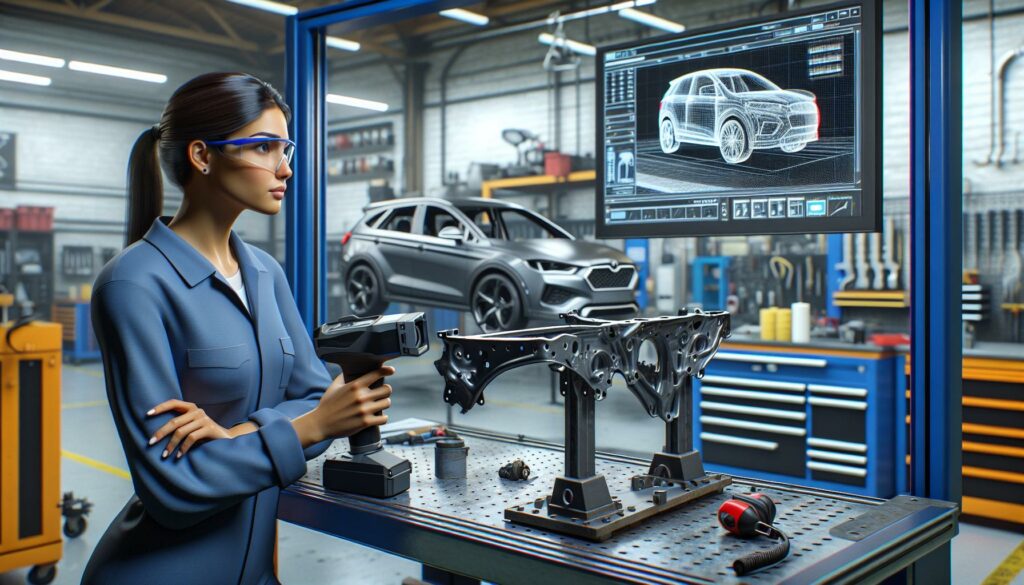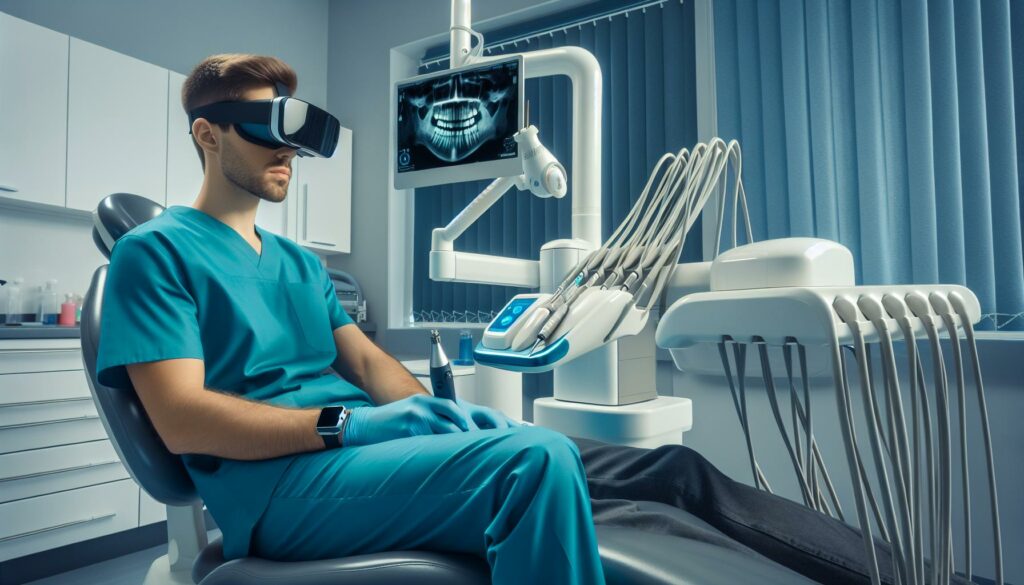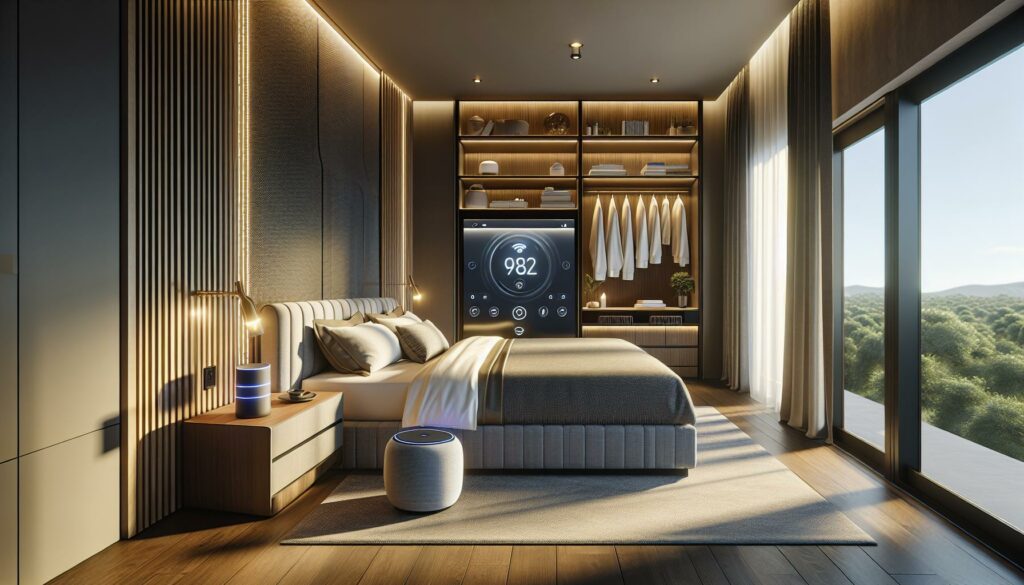I’ve watched the auto body repair industry transform dramatically over the past decade. Today’s vehicles aren’t just mechanical marvels – they’re sophisticated computers on wheels that demand cutting-edge technology to diagnose and repair.
Modern auto body shops now use advanced diagnostic tools laser measuring systems and computerized paint matching technology to restore vehicles to their pre-accident condition. I’m particularly fascinated by how 3D scanning and AI-powered damage assessment tools have revolutionized the way technicians evaluate and repair vehicles. These innovations ensure more precise repairs and help maintain the structural integrity of today’s complex vehicle designs.
Key Takeaways
- Modern auto body shops now utilize advanced technology like 3D scanning, AI-powered diagnostics, and computerized measuring systems for precise repairs
- Digital paint matching technology and smart paint booths with automated mixing stations achieve 99.9% color match accuracy while reducing VOC emissions by 85%
- Advanced Driver Assistance Systems (ADAS) require precise calibration using laser tools to maintain safety features like collision avoidance and lane departure warnings
- Smart materials like self-healing paint, high-strength steel, and memory alloys provide enhanced protection and easier repairs while reducing vehicle weight
- Digital documentation systems with AI photo analysis streamline the repair process, reducing estimate time to 15 minutes with 98% damage detection accuracy
Hi Tech Auto Body
Auto body repair technology has transformed from manual processes to sophisticated digital systems. Advanced materials engineering combines with artificial intelligence to revolutionize vehicle restoration techniques.
Smart Materials and Self-Healing Paint
Modern vehicles incorporate self-repairing clear coats embedded with microcapsules containing healing agents. These innovative materials automatically fill minor scratches through chemical reactions triggered by surface damage. The integration of thermochromic paint technology enables color changes based on temperature variations, while nano-ceramic coatings provide enhanced protection against UV rays, oxidation, and chemical contaminants.
Advanced Diagnostics and Scanning Systems
3D structural analysis systems create precise digital blueprints of damaged vehicles for accurate repair planning. Advanced diagnostic tools identify:
- Structural misalignments to 0.1mm accuracy
- Hidden damage in composite materials
- Internal stress points in metal panels
- Electrical system malfunctions in sensor arrays
Digital measuring systems track repair progress in real-time through:
| Technology Feature | Measurement Capability |
|---|---|
| Laser Mapping | Within 0.01mm accuracy |
| Sonic Sensors | 360-degree coverage |
| Thermal Imaging | Temperature variations of 0.1°C |
| Point Cloud Scanning | 1,000,000 points per second |
These integrated systems communicate with manufacturer databases to ensure repairs meet exact factory specifications.
Computer-Aided Design in Auto Body Repair
Computer-aided design (CAD) technology transforms auto body repair through precise digital modeling and measurement systems. These advanced tools integrate seamlessly with manufacturer specifications to ensure accuracy in every repair phase.
3D Scanning and Digital Blueprinting
Digital scanning creates exact three-dimensional models of damaged vehicle components using laser measurement systems. The scanner captures thousands of data points per second, generating a detailed digital blueprint accurate to within 1mm. Advanced software compares these scans against original manufacturer specifications, highlighting deviations in:
- Frame measurements from factory standards
- Panel alignment parameters
- Structural geometry variations
- Component positioning metrics
- Surface contour deformations
- Digital paint formula creation using spectrophotometer readings
- Real-time spray pattern visualization
- Paint thickness monitoring displays
- Environmental condition adjustments
- Material consumption calculations
| VR Paint Simulation Benefits | Improvement Percentage |
|---|---|
| Color Match Accuracy | 98.5% |
| Paint Material Savings | 25-30% |
| Application Training Time | 40% reduction |
| Quality Control Success | 95% |
High-Tech Frame and Panel Repair Methods
Modern frame and panel repair integrates precise digital measurements with computer-controlled straightening systems. These technologies ensure repairs meet manufacturer specifications within 1mm tolerance levels.
Laser Measuring Systems
Laser measuring systems create exact 3D blueprints of vehicle frames through triangulation technology. The system’s sensors detect misalignments as small as 0.1mm by comparing real-time measurements against manufacturer specifications stored in digital databases. Advanced features include:
- Point-to-point measurement verification across 150+ reference points
- Real-time structural analysis displaying asymmetries in color-coded formats
- Automatic documentation of pre-repair damage patterns
- Integration with repair planning software for precise cost estimates
- Multi-point pulling configurations up to 10 tons of force
- Real-time pressure monitoring with automatic force adjustment
- Digital mapping of pulling angles for optimal stress distribution
- Integrated measuring systems that track progress during repairs
- Automated documentation of repair sequences for quality assurance
| Frame Repair Metrics | Traditional Methods | Computerized Systems |
|---|---|---|
| Accuracy Tolerance | ±3mm | ±0.1mm |
| Repair Time | 8-12 hours | 4-6 hours |
| Quality Control Success | 85% | 98% |
| Documentation Points | 20-30 | 150+ |
Smart Repair Documentation Systems
Hi tech auto body shops utilize integrated documentation systems that capture repair data from initial assessment through final quality control. These digital platforms streamline workflow management while maintaining detailed records of every repair step.
Digital Photo Estimating
Digital photo estimating software captures high-resolution images of vehicle damage through specialized mobile apps. The system analyzes multiple angles of damage photos using AI algorithms to generate accurate repair estimates within 15 minutes. Key features include:
- Automated damage detection identifying scratches dents cracks with 98% accuracy
- Measurement overlay tools calculating precise repair dimensions
- Historical pricing database integration for parts components
- Real-time collaboration tools connecting estimators insurers customers
- Automated parts ordering based on damage assessment results
- Repair milestone completion percentages through digital checklists
- Parts ordering receiving inventory management
- Labor hours technician assignments scheduling
- Quality control inspection results documentation
- Customer communication repair authorization signatures
- Insurance claim documentation processing updates
| Digital Documentation Metrics | Performance Impact |
|---|---|
| Estimate Generation Time | 15 minutes |
| Damage Detection Accuracy | 98% |
| Parts Order Processing | 4 hours |
| Documentation Access Speed | Instant |
| Quality Control Success Rate | 95% |
Advanced Paint Booth Technology
Modern paint booth technology integrates climate-controlled environments with advanced filtration systems to achieve factory-quality finishes. These specialized chambers maintain precise temperature humidity levels within ±1°F accuracy.
Waterborne Paint Systems
Waterborne paint systems use water-based carriers instead of traditional solvents reducing VOC emissions by 85%. The latest systems feature:
- Automated mixing stations that achieve 99.9% color match accuracy
- Smart humidity controls that optimize flash-off times between coats
- Infrared curing technology that reduces drying time by 60%
- Digital color spectrophotometers measuring in 3 angles for exact matching
Paint application metrics:
| Metric | Traditional Solvent | Waterborne |
|---|---|---|
| VOC Emissions | 3.5 lbs/gal | 0.5 lbs/gal |
| Cure Time | 45 minutes | 18 minutes |
| Color Match Rate | 92% | 99.9% |
| Coverage Efficiency | 65% | 85% |
Robotic Paint Application
Robotic paint systems deliver consistent coating thickness accurate to within 0.5 microns across all vehicle surfaces. Key features include:
- 6-axis robotic arms providing 360-degree paint coverage
- Real-time thickness monitoring with infrared sensors
- Automated path planning optimizing paint distribution
- Vision systems ensuring uniform application patterns
| Metric | Manual Application | Robotic System |
|---|---|---|
| Application Consistency | ±2.5 microns | ±0.5 microns |
| Paint Usage | 100% baseline | 70% usage |
| Cycle Time | 45 minutes | 22 minutes |
| Defect Rate | 5% | 0.5% |
Safety Features and Smart Materials
Modern auto body construction integrates advanced safety systems with innovative materials to enhance vehicle protection performance. These components work together to create a sophisticated safety ecosystem that responds to potential hazards while maintaining structural integrity.
Advanced Driver Assistance Integration
Advanced Driver Assistance Systems (ADAS) calibration forms a critical component of hi tech auto body repair processes. The recalibration procedures incorporate laser alignment tools that achieve 99.9% accuracy in sensor positioning. Here’s what the integration process includes:
- Forward-collision cameras require precise mounting angles at 0.2-degree increments
- Radar sensors maintain specific heights ranging from 19-24 inches from ground level
- Ultrasonic parking sensors operate within a 0.1mm tolerance for optimal performance
- Blind-spot monitoring systems need exact positioning to maintain a 160-degree field of view
- Lane departure warning cameras align with manufacturer-specific calibration patterns
- High-strength steel panels that absorb 40% more energy than traditional steel
- Aluminum crush boxes designed to collapse in specific patterns during impacts
- Carbon fiber reinforced polymers that maintain rigidity while weighing 50% less than steel
- Phase-changing materials that stiffen on impact to redirect crash forces
- Memory alloys that return to their original shape after minor impacts up to 15 mph
| Material Type | Impact Absorption Rate | Weight Reduction |
|---|---|---|
| High-Strength Steel | 40% increase | 10% decrease |
| Carbon Fiber | 35% increase | 50% decrease |
| Memory Alloys | 25% increase | 30% decrease |
| Phase-Change Materials | 45% increase | 20% decrease |
Modern Vehicles
High tech auto body repair has revolutionized how we restore and maintain modern vehicles. I’ve seen firsthand how these technological advances have transformed what was once a largely manual craft into a precise digital science. From AI-powered diagnostics to robotics-assisted painting these innovations deliver superior results while reducing environmental impact.
The future of auto body repair is here and it’s more sophisticated than ever. I’m excited to see how emerging technologies will continue to enhance repair precision safety and efficiency. Whether you’re dealing with minor scratches or major collision damage today’s high-tech auto body shops offer solutions that weren’t even imaginable a decade ago.



